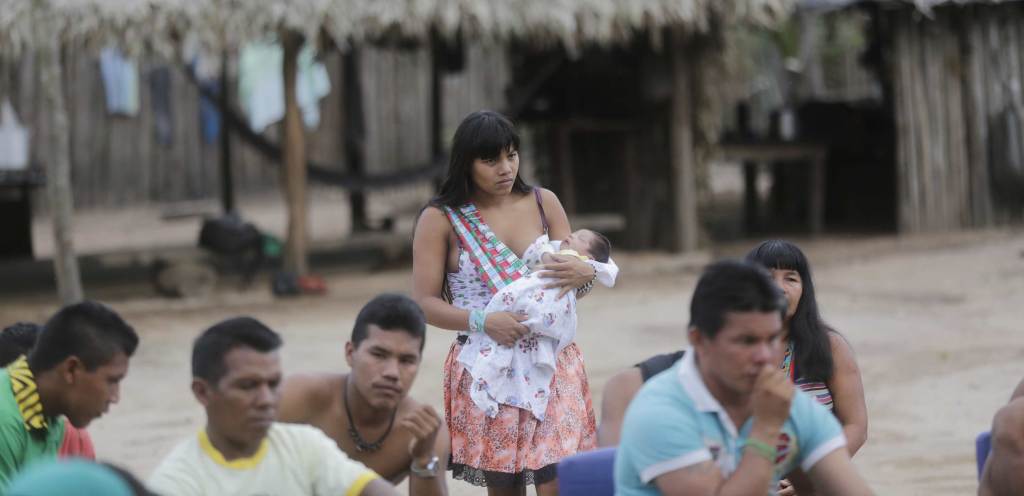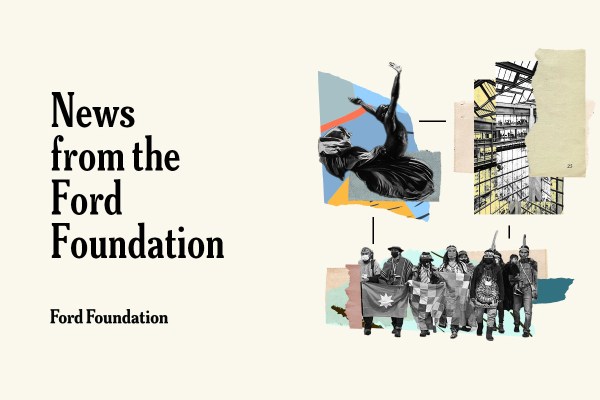
Last year, at least three people were killed each week for defending their land, forests, and rivers against destructive industries. In fact, 2015 was the worst year on record for killings of people struggling to protect their land and the environment. And as detailed in On Dangerous Ground, a new report from Global Witness, this is a problem on a global scale. The worst-hit countries were Brazil, Colombia, and the Philippines, and nearly 40 percent of victims were members of indigenous groups.
Violence against environmental defenders is a serious problem in South Africa, too. For years, the Amadiba community of Eastern Cape province has been locked in a struggle with the Australian-owned mining company MRC, which wants to mine titanium on the communities’ ancestral lands. Such mining would result in environmental destruction of South Africa’s Wild Coast region, with most of the profits going to faraway interests.
The Amadiba Crisis Committee (ACC) has long championed the rights of these communities and resisted efforts to mine on their lands. For more than a decade, they have been successful. But earlier this year, on March 22, this resistance ended the life of ACC chairperson Sikhosiphi “Bazooka” Rhadebe. Rhadebe was executed outside his home by two men dressed as police officers, just hours after he had told fellow community activists that a hit list had been found, naming him as the number one target. (The rest of the ACC’s leadership was on the list as well; hours before his murder, Rhadebe had called fellow ACC leader Nonhle Mbuthuma, warning her about the threat against her and other activists.)
Rhadebe was targeted because he had led his community in resisting the intended operations of MRC. His community’s courageous struggle is emblematic of those of thousands of other communities across Southern Africa that refuse to consent to mining and related activities that threaten their livelihoods, environmental security, and traditions. Rhadebe’s killers set out to undermine that activism and render these communities voiceless. His murder is a violent illustration of the deep-seated inequality that divides South Africa’s poor communities and the powerful forces of private companies, state institutions, and politicians. And it is just one example of the threats faced by environmental and human rights defenders across the globe.
According to the Global Witness report, Rhadebe’s murder was similar to the 185 known deaths of environmental defenders that happened during 2015—a number that marked an increase of some 59 percent from the previous year. These slain defenders deserve justice. So do the communities they leave behind, full of hardworking people who continue to fight for their rights. Those who kill, threaten, or perpetrate violence against them must be held accountable. Impunity simply cannot stand.
The Global Witness report points out that, rather than abating, the crisis of violence against environmental defenders is likely to get worse. Growing populations and climate change put further pressure on land and natural resources that are already under great pressure. Now is the time for governments to take this crisis seriously—to take concrete steps to protect the activists who are under attack and investigate crimes when they happen, to support communities when they resist mining and other projects on their land and require that the companies pursuing those projects get consent from the communities they affect. Perhaps most critically, governments must address the root of the problem: They must recognize and respect communities’ fundamental rights to their land.
